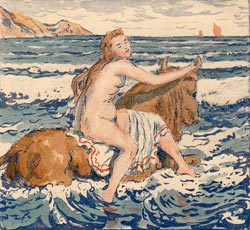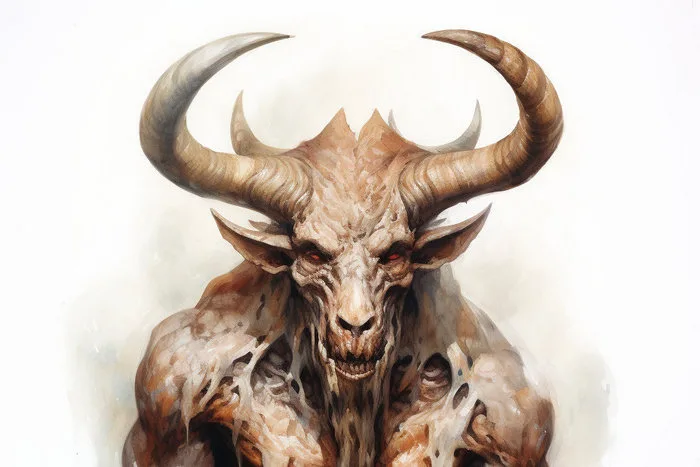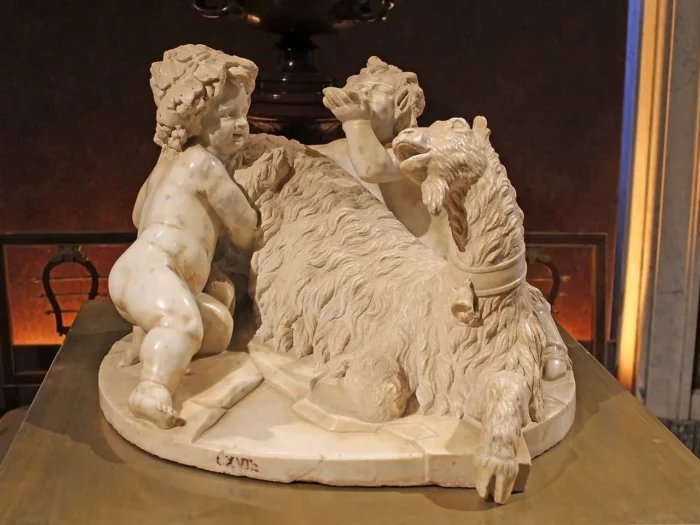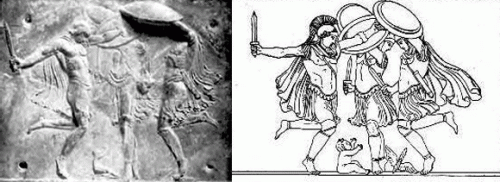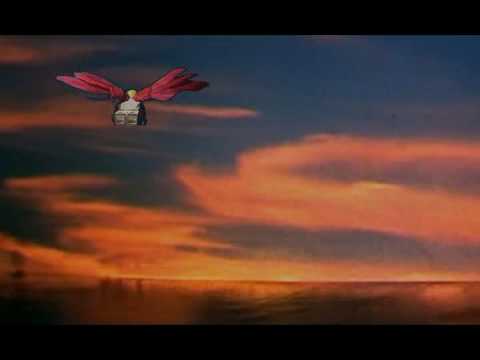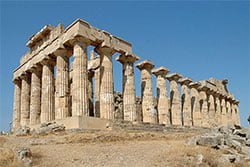Variations on the Myth of Zeus’ Birth
Over time, many historians and other writers discussed how Zeus managed to survive without being discovered by his father Cronus, and who brought him up.
Melissa is an important mythological figure linked to the upbringing of Zeus. She is most often referred to as a nymph, the daughter of Melisseus, the king of Crete; she taught people the art of beekeeping.
Melissa gave her honey to the divine infant and played with him, ensuring he had all a child could need.
The bees of Apollodorus
It must be said that there are some versions of the myth which refer to at least two Melissas, such as the myth of Apollodorus, who says that Zeus was brought up by the two daughters of King Melisseus of Crete, the nymphs Adrastea and Ida.
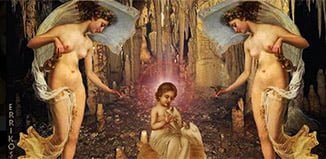
These nymphs fed him on milk and honey, essentially replacing Amalthea and Melissa. This version is intended to show that Zeus had a royal upbringing, with all that this implies. He lacked for nothing, he had a careful education and the greatest possible, royal protection.
Crete has always been a land rich in honey. Minoan honey was even exported as early as the 2nd millennium BC, showing how important it was to people at that time. So it is no surprise that the Father of the Gods was nurtured in Crete with honey.
The strange thing is how bees were able to survive in a cave high in the Cretan mountains, with their harsh climate of strong winds and snow. The legend is careful to explain this: Zeus made the bees hardy so they could survive and nourish him. He rewarded them by giving them their beautiful golden colour.
The cradle of Callimachus
In another version by Callimachus, Zeus grew up in a cradle hanging from a tree. The idea behind this tradition is that Cronus was the lord of sky, earth and sea, and obviously no fool; so how did he miss sensing the existence of a rival to his power? The answer is simple though not entirely logical – but who says myths should always be logical? The cradle did not touch the earth, had no contact with the sea and, hanging in the cave, was not in the air, i.e. the sky.
The doves and the eagle
Athenaeus, on the other hand, writes that Zeus was given divine nourishment – nectar and ambrosia, the food of the gods. The ambrosia was brought by two doves from the shores of the Ocean, while the nectar was brought by the eagle. Zeus later rewarded both birds. The eagle became the symbol of the Great God, while doves are still among the best-loved birds today, the symbols of peace.
The Eagle, Celmis and Pan
Finally, Antoninus Liberalis tells us that Zeus grew up in a cave of bees inaccessible even to the gods. Now, how a cave could be inaccessible to gods but accessible to bees is a good question, but poetic licence makes it so. As a child, Zeus wanted company, so the myth provides him with three friends: Aetus (“eagle”), Celmis (“steel”) and Pan.
Aetus was later transformed into a bird when the jealous wife of Zeus thought that her husband was paying more attention to his friend than to her. Celmis was one of the Idaean Dactyls, while Aegipan, the “Goat-Pan”, was Zeus’s brother by Rhea and Cronus, the god of fields, flocks and fertility.
The Sow
According to yet another tradition, Zeus was suckled not by a goat but a sow, whose grunts covered his crying. This clearly symbolic version shows us how important an animal the pig was, a symbol of fecundity.
© explorecrete.com All Rights Reserved. Reproduction or copying without permission is prohibited.

